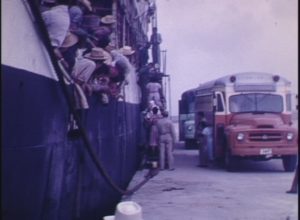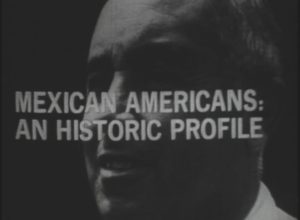
On August 4, 1942, the American and Mexican governments signed the Mexican Farm Labor Program Agreement. Commonly known as the Bracero Program, the negotiation sought to manage the cross-border movements of Mexican MIGRANT WORKERS, guaranteeing laborers a minimum wage and protections from exploitation as well as calling for stricter BORDER SECURITY and the return of illegal immigrants to Mexico. (Texas farmers, however, initially refused to comply with the accord, hiring laborers directly from Mexico and violating mandates about compensation and humane treatment.) The agreement continued uninterrupted until 1964.
While an estimated two million Mexican nationals legally participated in the program, the accord did not sufficiently accommodate either the number of Mexican migrants wishing to work in the United States or the demand for laborers by American growers. As a result, the program proved ineffective at limiting illegal IMMIGRATION into the United States. Between 1944 and 1954, the number of undocumented individuals coming from Mexico rose by 6,000 percent. The dramatic increase in illegal border crossings—totaling an estimated one million by 1954—created a growing number of diplomatic and security concerns, as the Mexican government suspended the agreement and ceased the exportation of workers while the violation of labor laws encouraged criminality, disease, and illiteracy.
Consequently, in the early 1950s the United States Immigration and Naturalization Service increased its raids. And in 1954, the agency—working alongside the United States Border Patrol and the Mexican government—launched Operation Wetback, a quasi-military project of search and seizure of all illegal immigrants from Mexico. Despite its efforts, however, border recruitment of illegal workers by American farmers continued, resulting in the quick and ultimate decline of the program.




